The Machete Project: Vanessa Ahlsborn Photography
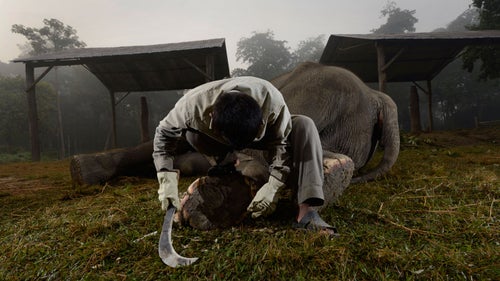
Vanessa Ahlsborn bought her first knife on a whim, during a trip to Madagascar. Then she bought more—in Cambodia, Vietnam, Ecuador, and Panama. In 2010, she snapped a photo of a young boy with a machete in Colombia. And so began , her photo portfolio based on the idea that every knife tells a story.
Photo: For elephants living in captivity, foot problems are a common health concern. Overgrown nails and their related infections are a direct result of the lack of movement that would naturally occur in the wild. Mahouts at this sanctuary are therefore trained to perform elephant pedicures to ensure healthy feet.
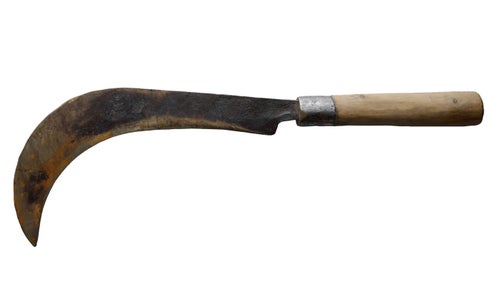
I started collecting machete style knives in 2006 as souvenirs from my travels. This machete, used by elephant mahouts, is known by local Nepalese as a “krupa”.
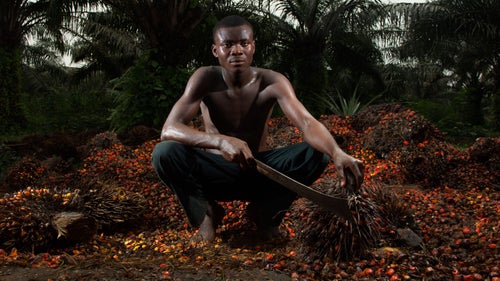
Henshaw poses amongst the fruit of a palm tree. The deforestation occurring around the world to make way for the palm oil industry is having a devastating impact on the environment, but with few options local workers see the opportunity as a source of employment.
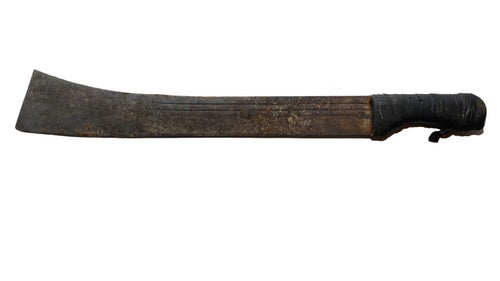
My growing collection evolved into the Machete Project: a portrait and object archive to explore the machete as a fundamental tool, and not a weapon.
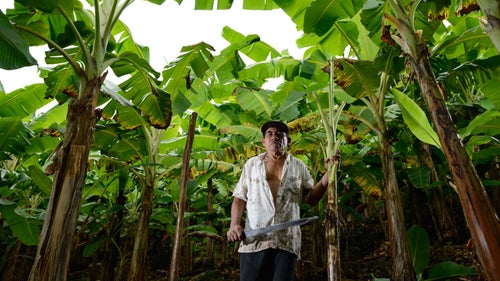
Francisco is 66 years old and has worked with a machete for over 45 years. He poses here on his plantain farm, situated behind his home.
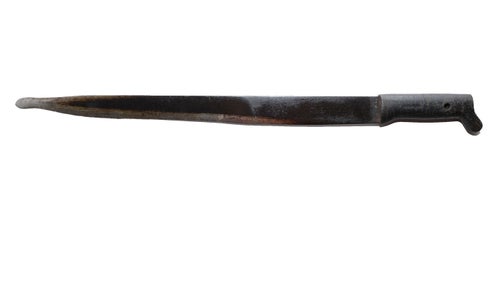
The diversity of machete users is as varied as the endless ways in which they are used. The wear and tear on a machete over time is often expressed in unusual blade shapes and markings. Every knife tells a story about its owner.
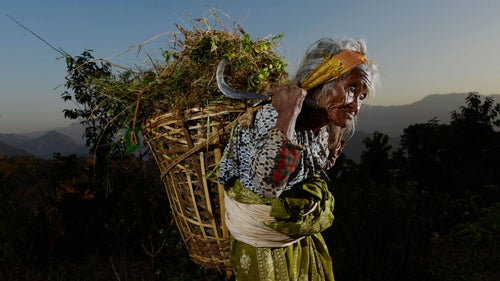
I passed Loo-Gee as she was walking by the roadside. She has owned her knife for about ten years and works all day with it, collecting feed for her animals. Her husband died 47 years ago and with no children she lives with her cousin. She was not sure of her age but her family told me that she was between 97 and 100 years old.
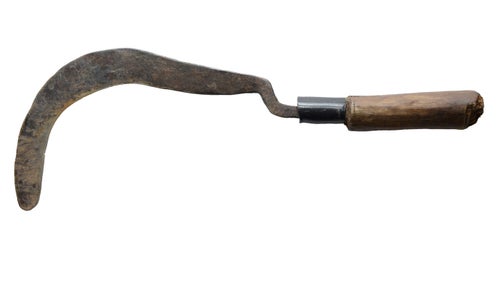
The sickle is just one example of the many variations of machete style knives.
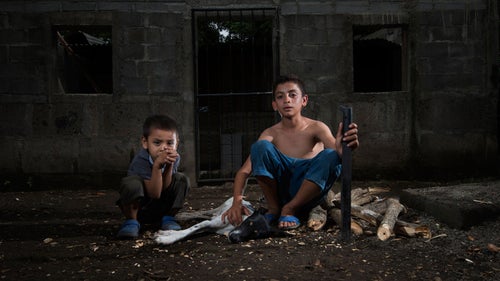
Bryan started using a machete at the age of five. He makes 80 cents for a half-day of work clearing weeds around trees. Here, he poses with his dog, Camilla, and younger brother, Johnathan, as he chops firewood for the family.
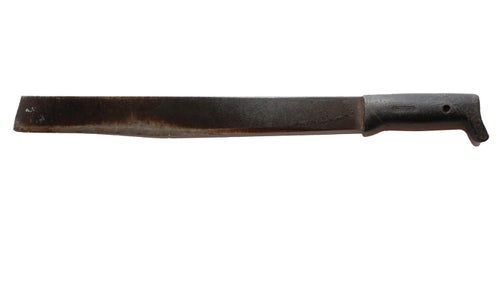
Machetes are commonly portrayed as brutal conflict weapons, and the people who use them are often perceived as violent individuals. This belief causes us to overlook the many diverse people who peacefully use large knives in their daily lives. My focus is on these individuals.